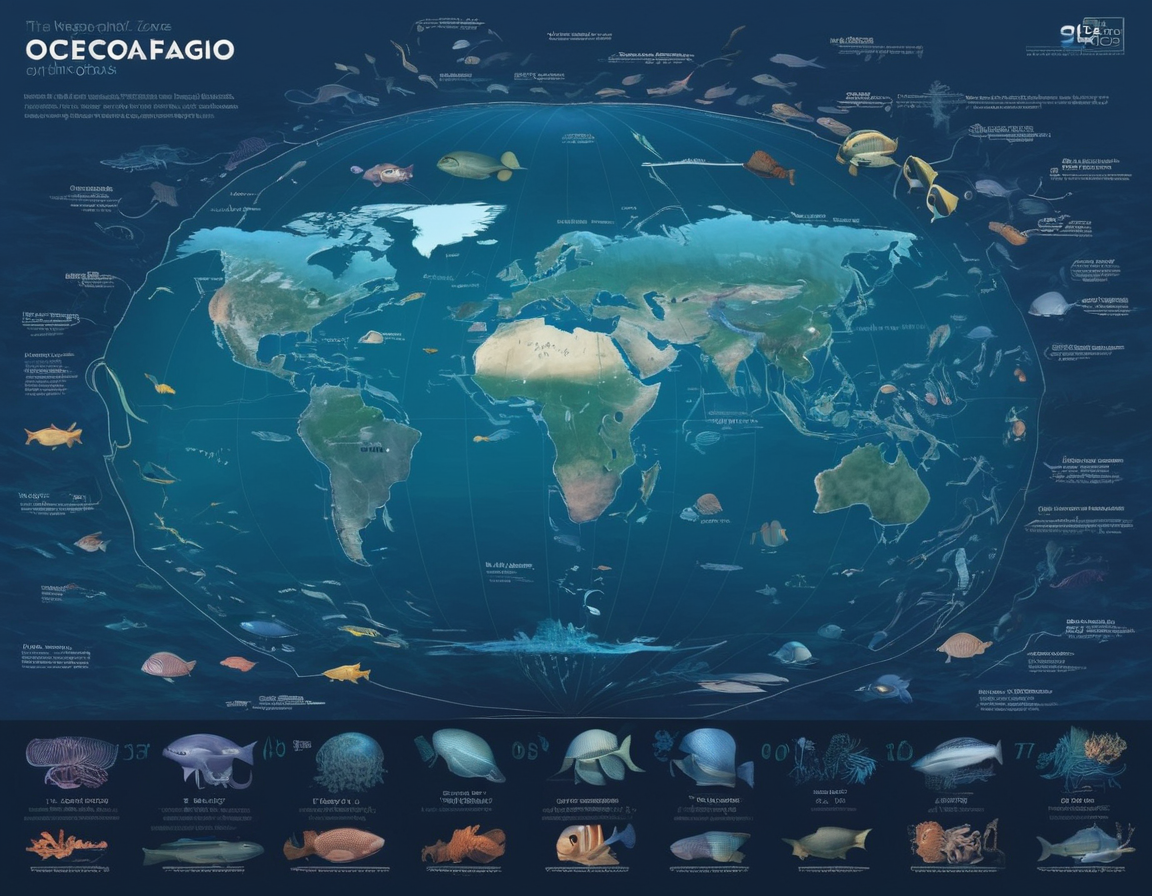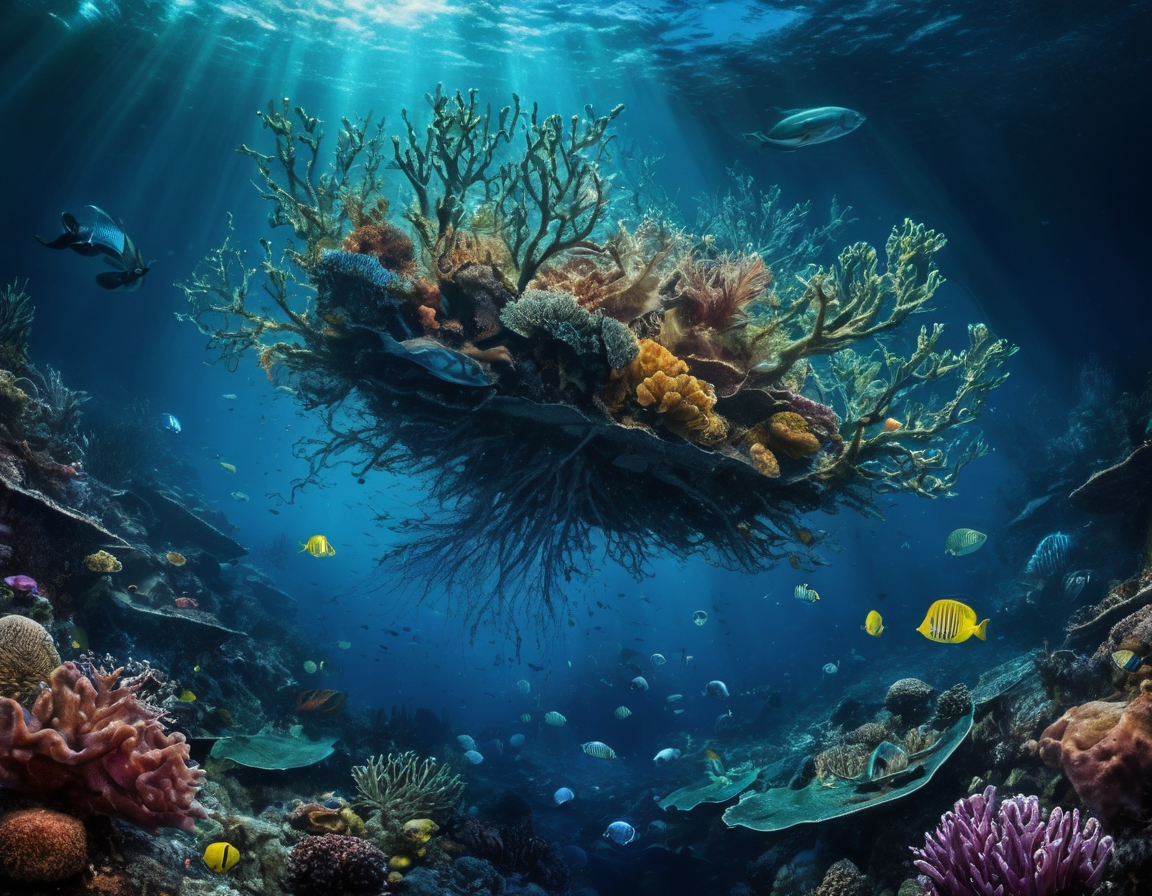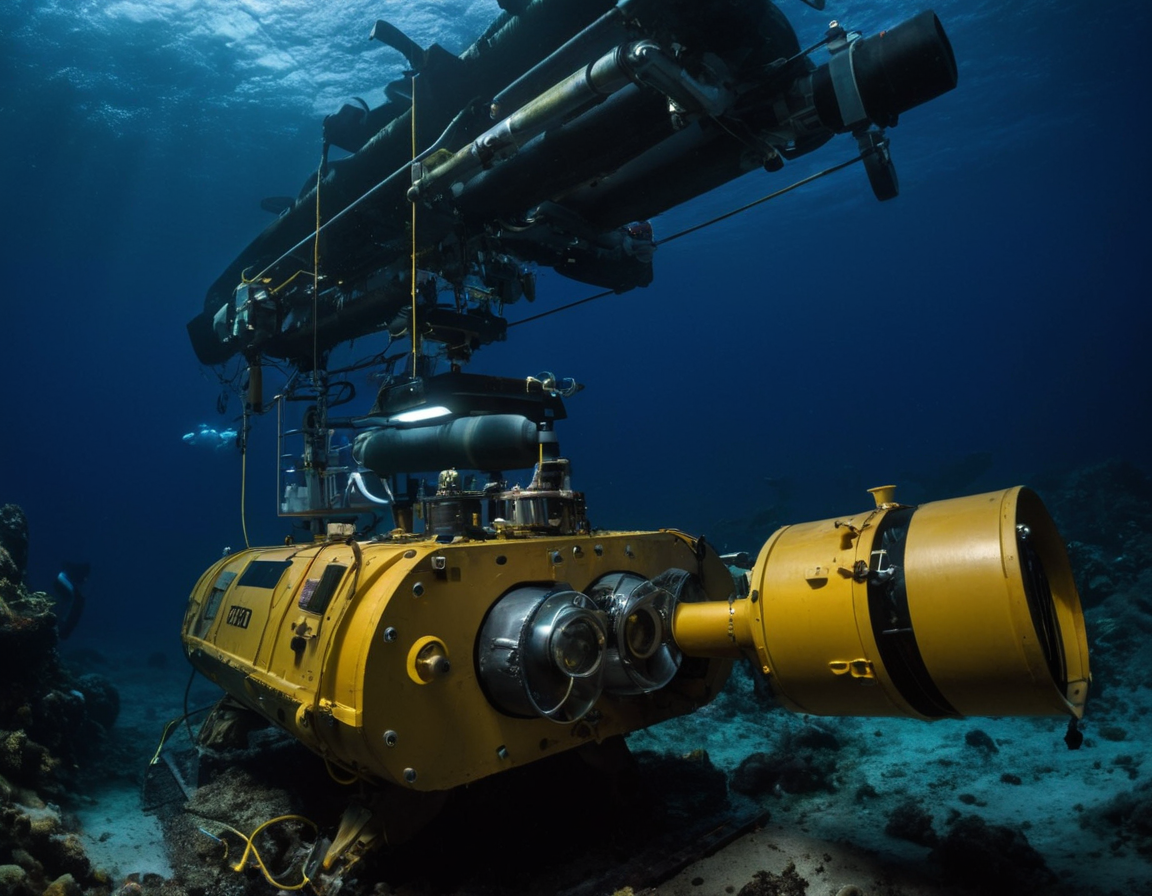Unveiling the Mysteries of the Ocean’s Twilight Zone: A Deep Dive into Mesopelagic Ecosystems
Exploring the Mesopelagic Zone: Life in the Ocean’s Twilight
Far beneath the ocean’s surface lies a realm shrouded in mystery, known as the Mesopelagic Zone. This vast, dimly lit world, also called the ocean’s ‘twilight zone’, stretches from 200 to 1,000 meters (656 to 3,281 feet) below the ocean surface.  It is a critical ecosystem, teeming with life yet largely unexplored by humans due to its challenging environment.
It is a critical ecosystem, teeming with life yet largely unexplored by humans due to its challenging environment.
What is the Mesopelagic Zone?
The mesopelagic zone is characterized by its limited sunlight, which is insufficient for photosynthesis. Despite this, a plethora of species have adapted to survive in these daunting depths, making it a hub of biodiversity. Here, creatures exhibit bioluminescence, using light to communicate, hunt, and evade predators.
The Denizens of the Deep
Inhabitants of the mesopelagic zone include mysterious creatures like jellyfish, squid, and lanternfish, alongside larger predators such as swordfish and sharks. Some species migrate to shallower waters at night in what is known as ‘diel vertical migration’, contributing to the ‘deep scattering layer’ detected by sonar used during World War II. This layer, caused by the mass upward movement of organisms, is a crucial discovery shedding light on the mesopelagic ecosystem’s complexity. 
Importance of the Twilight Zone
Not only does the mesopelagic zone support an array of marine life, but it also plays a significant role in the global carbon cycle. Organisms here help sequester carbon deep within the ocean, making this zone an essential area for climate change research. 
Challenges and Future Exploration
Exploring this part of the ocean poses unique challenges, such as extreme pressure, darkness, and cold temperatures. However, advancements in technology are enabling researchers to uncover its secrets, which may lead to new discoveries in medicine, resource management, and the understanding of our planet’s health. 
Preservation Efforts
Drawing attention to this mysterious region is crucial for its conservation. As human activities increasingly impact the oceans, understanding and protecting the mesopelagic zone is paramount for maintaining the ocean’s health and balance.
In conclusion, the mesopelagic zone represents one of Earth’s last frontiers, a place where the beauty of evolution and the unknown coalesce into a fascinating tapestry of life. By shedding light on this enigmatic part of our planet, we can appreciate and protect the intricate web of life that exists far beneath the ocean waves.
Join us in our quest to uncover the enigmas of the deep and embrace the significance of this remarkable underwater world.
#cta#.






